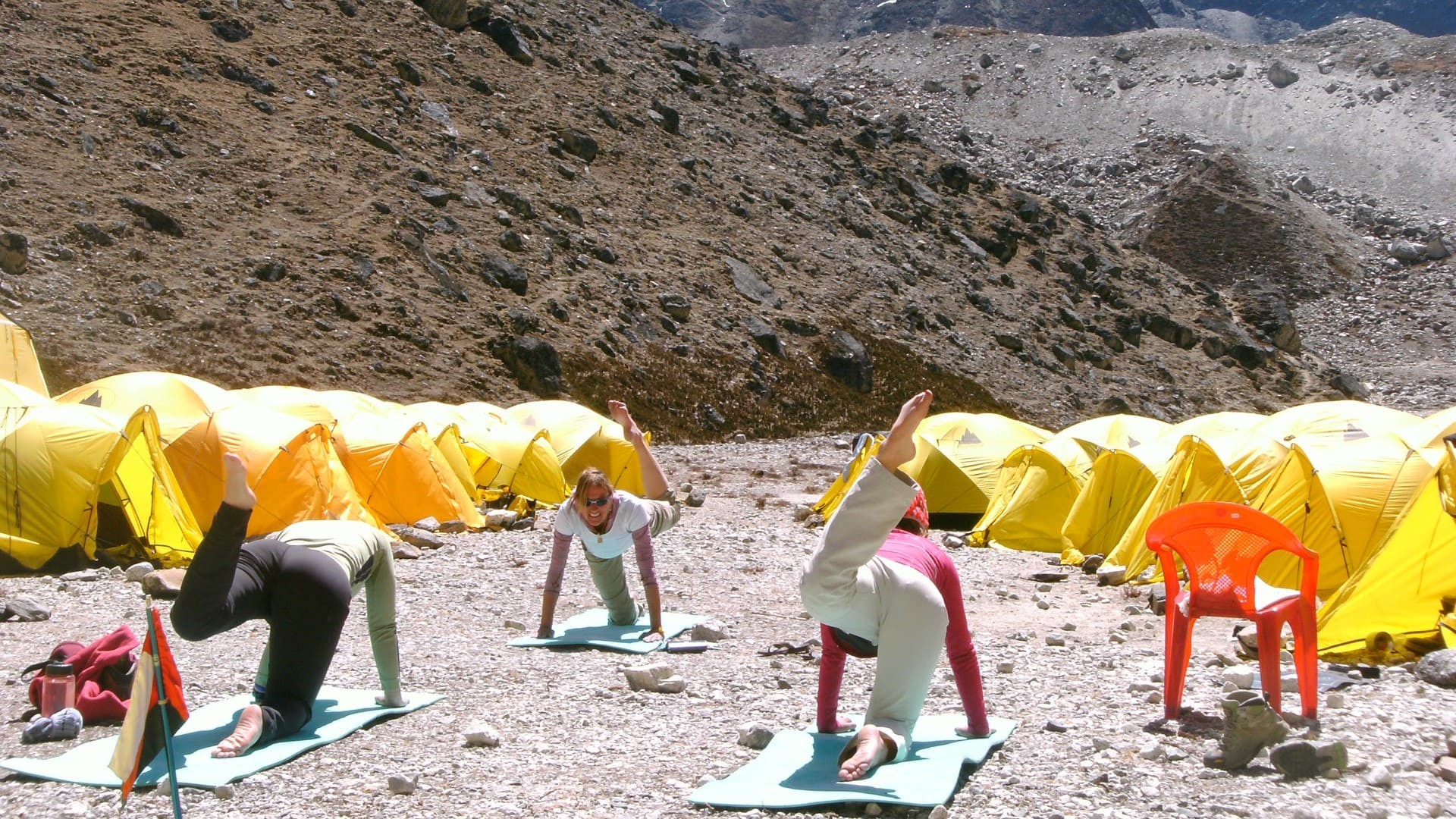-
Places to go
-
Things to do
-
Adventure
Nature
Culture
Wellness
Others
-
-
Festivals & Events
-
Festivals
Event Calendar
-
-
Plan Your Trip
-
Trip Ideas
Travel Details
Book Your Trip
-
- Travel Updates
Faith healing
Faith healing
Popular Destinations
Experience the magic and mysticism of the animistic Himalayan culture that honors the earth and respects the spirit believed to reside in all
In Nepal, Shamanism is based on the animistic belief that honors the earth and respects the spirits that resides in all living beings. Discovering this way of life can be a positive fulfilling experience.
Nepal is a land full of legends, myths, magic and mystery. The confrontation between its millions of gods and goddesses on the one hand and the most powerful demons on the other, at various points gives a meaningful perspective to this magic and mystery. The former represents positive spirits, and the latter, negative ones. Between the two stands the faith-healer, who almost like a catalyst with his invocation and possession of positive spirits manages to drive away the negative spirits that are inflicting harm on his clients.
Faith healing in Nepal dates back to pre-historic times and is still widely practiced even in the capital city, Kathmandu. What’s even more surprising is the fact that they have taught many foreign students their craft especially, Americans. These students have gone back to their countries to start faith healing practice in the cities of well developed nations and seem to be gaining popularity.
The Jhankris or shamans wear garlands of tiny bells around their necks and tremble and chant at the beat of the drum or metal plate, which they play during the invocation and spirit possession. These performances can sometimes last the whole night. Sacrificing a rooster is common among these shamans. Some sacrifice a black goat depending upon the nature of the complication. Others are incredibly simple people, using a broomstick, some grains of husked rice, a pinch of ash, incense sticks and spoonfuls of water, charged with Tantric spirits to come up with a miraculous cure.
Tantrism is also practiced in Nepal and especially within temples and monasteries. However, their secret nature leaves the general public in the dark about their practices although they are aware of something going on behind closed doors. There are many shrines within the Kathmandu Valley that forbid anyone but the temple priests from entering the inner sanctum. These practices are considered dangerous and ordinary people do well to stay away.
Nepal Tourism Board is a national tourism organization of Nepal established in 1998 by an Act of Parliament in the form of partnership between the Government of Nepal and private sector tourism industry to develop and market Nepal as an attractive tourist destination. The Board provides platform for vision-drawn leadership for Nepal’s tourism sector by integrating Government commitment with the dynamism of private sector.








